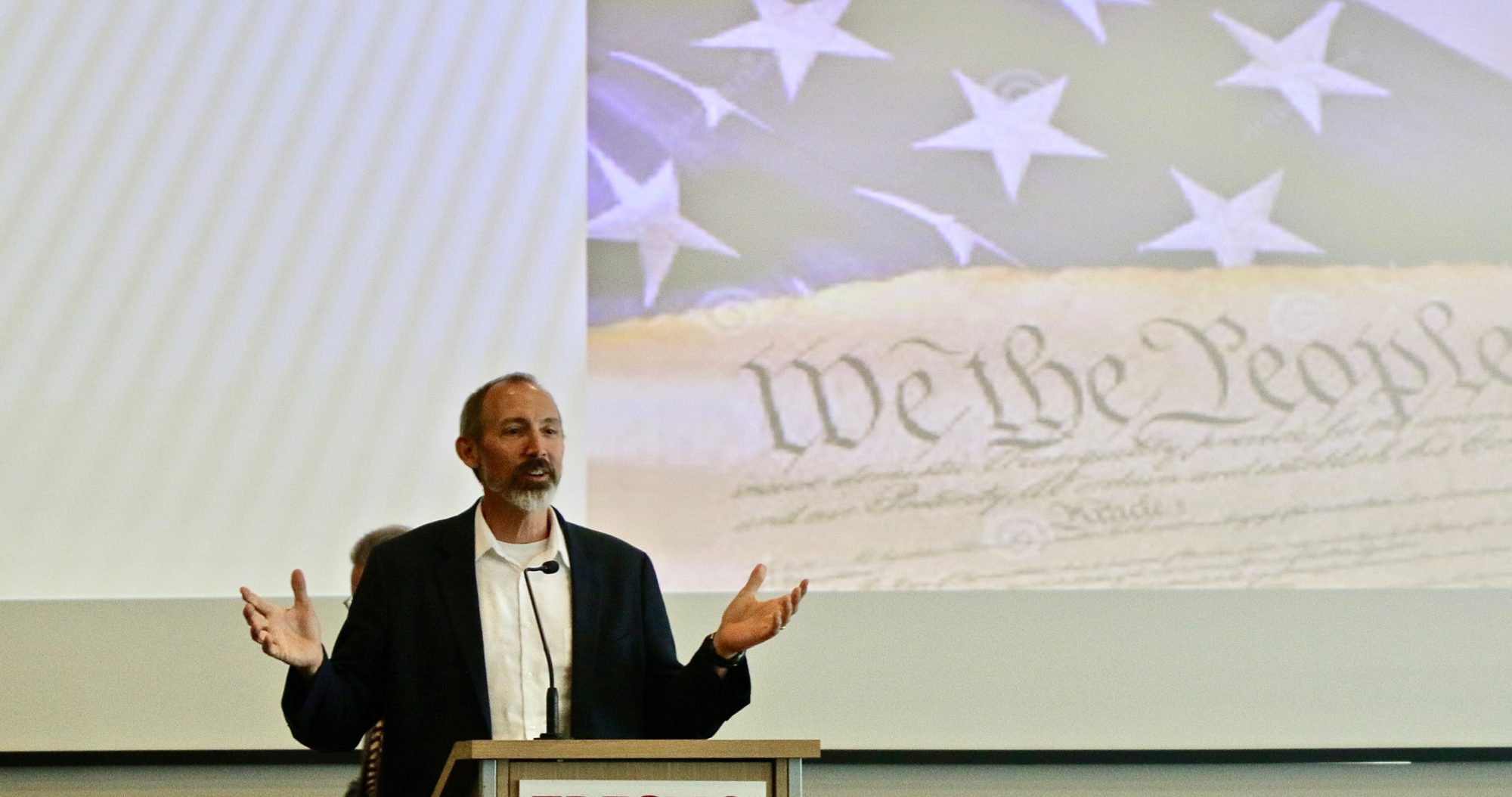Halloween is a haunting time. This is the spooky moment when ghosts appear. But ghosts and spirits are always with us, especially for those who grieve and mourn.
Students occasionally ask me if I believe in ghosts. And they have shared their ghost stories with me. I recall getting a chill from a story told by an older woman who said she often saw her dead husband in the room where he used to practice music.
Philosophers have often wrestled with ghosts. As Socrates was preparing for his death, he told a ghost story. He explained that “polluted souls” are unwilling to move on to the next world. These restless shadows haunt graveyards, too in love with their bodies to leave them in the grave.
Most scholars think Socrates was making a point about enlightenment. Virtue and wisdom should teach us to accept death so we can avoid becoming unquiet ghosts. At any rate, this ancient tale reminds us that ghosts have long haunted human experience.
But do ghosts really exist? Well, the seer of ghosts has clearly experienced something. They are not lying. But what is it that they see?
One possible explanation is that ghosts are figments of the mind. For those who grieve, the dead are strangely present. Our dead remain with us. They wait on the edge of consciousness. And then something triggers their appearance — a smell, a song or a familiar place.
Most ghostly apparitions are probably products of memory and imagination. These ghosts don’t conjure themselves. We bring them to life. They are after-images of the dead, which linger with us so long as memory endures.
I heard a talk recently by a philosopher who recounted her mother’s decline into dementia. Her mother’s world was inhabited by hallucinations — spirits, she called them. The philosopher suggested that ordinary reality is only a small step away from the hallucinatory. Could it be that the “reality” we inhabit is actually a hallucination? Our experience is a projection of the mind and an interpretation of the stimuli it receives.
Photons hit our eyes and sound waves tickle our ears. These stimuli are woven together by the brain, which produces an image of the world. That image can be disturbed by other stimuli throbbing through our minds — memories, fear, hopes, and dreams.
Usually, consciousness takes charge of this process, keeping us focused on a stable set of images and appearances. But when consciousness relaxes its grip, things get weird.
This can happen in dementia. It can occur when we drink alcohol or use other drugs. Anxiety and exhaustion can disturb consciousness. And spooky shadows can appear at midnight in October graveyards, when the leaves rustle in the autumn wind.
But do ghosts exist? I suppose that depends on what we mean by existence.
Someone I love died recently. She’s been with me in my thoughts. She “exists” in a sense. Grief does strange things to our experience of reality, time and self. Grief is the presence of an absence. It is a distressing emptiness. That emptiness has a reality of its own. It afflicts us. But we also hate to let it go because it is the place our loved one used to be.
We tend to think that existence is material. Rocks and steel exist. But what about thoughts and dreams and memories? Those things are real, aren’t they?
One of the most famous lines from “Hamlet,” occurs after Hamlet has just seen a ghost. He says, “there are more things in heaven and earth than are dreamt of in our philosophy.” The poet is suggesting that life, experience, and existence are more complex and mysterious than we know.
There is more to life than our bodies. There are memories, dreams and ideas. There is also literature, philosophy and religion. These things free the soul from the body. They allow our minds to wander. They introduce us to ghostly presences such as Hamlet and Socrates. These “people” are, after all, creations of art and literature.
Thinking is an uncanny game of ghosts. Memory and art are conjuring acts that put us in touch with spirits. We might even say that to be human is to be haunted.



